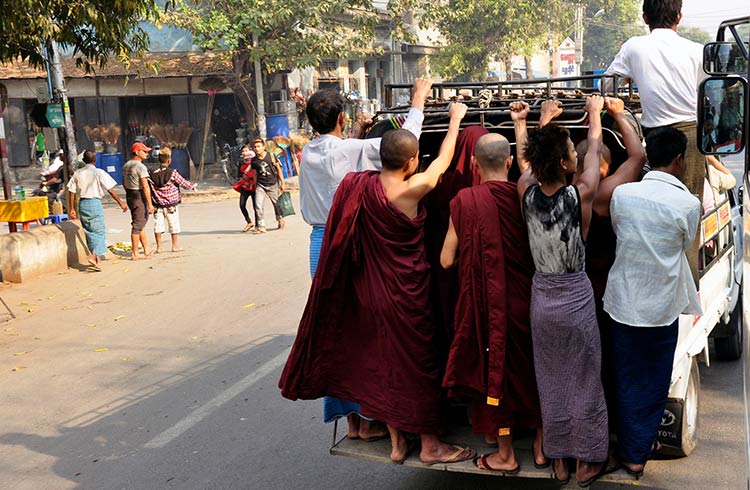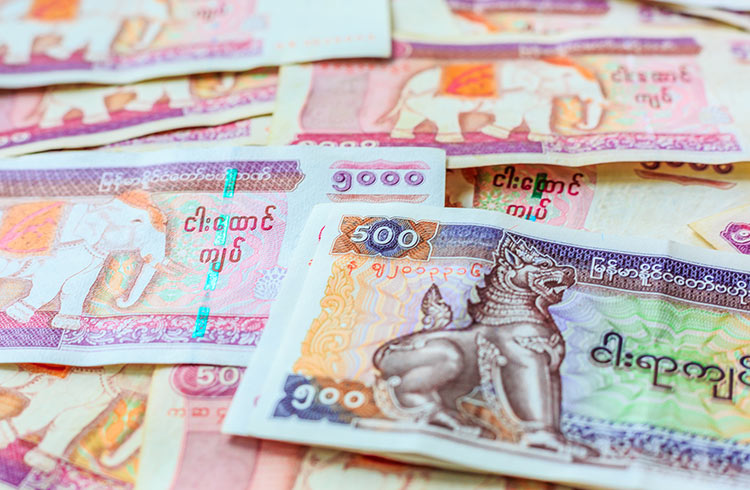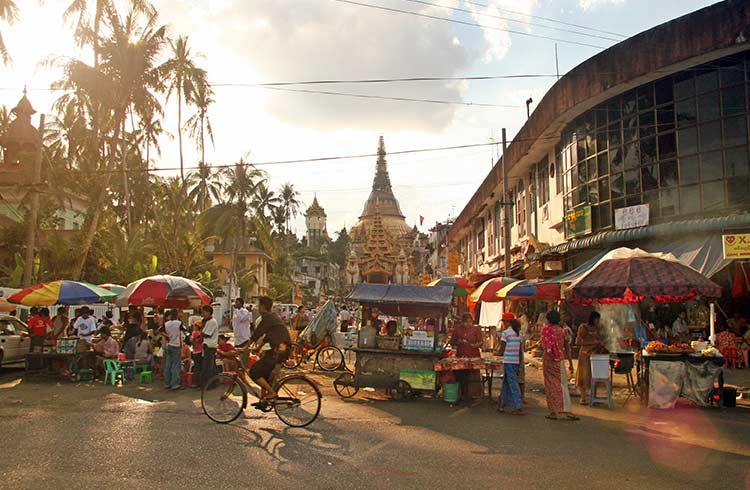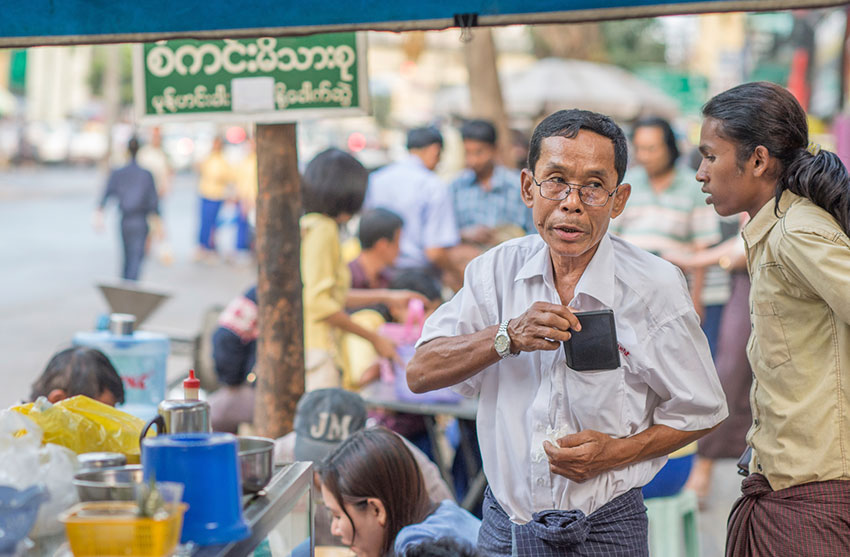Safe Transport in Myanmar: How to Get Around Safely
Don’t get caught off guard by rough roads and challenges navigating your way around Myanmar. Plan ahead to make getting from A to B easy with these tips.
 Photo © iStock/BethWolff43
Photo © iStock/BethWolff43
- The (Rough) Road to Mandalay
- Planes, Trains, Automobiles in Myanmar
- Cyclone Season in Myanmar
- Off Limits Regions for Foreigners
The (Rough) Road to Mandalay
The roads in Myanmar, by all accounts, are in rough shape. Only about half of the 15,000 miles (24,140 km) of roadway is paved. This can make long trips challenging.
In addition to the generally poor conditions of the roads, during the months of May–October, Myanmar's rainy season, passages can become nearly impossible to travel over.
Planes, Trains, Automobiles in Myanmar
Road safety is all but unheard of in Myanmar. This is true for both drivers and pedestrians – so no matter what capacity you are in on the road, you’ll need to be extremely vigilant.
It’s worth noting that the level of respect locals’ display when you interact with them is applied when they drive, too. They don´t drive fast, and on my travels through Myanmar, I didn’t see any crazy manoeuvres.
Though drivers in Myanmar stick to the right-hand side of the road, many vehicles are right-hand drive as well – making for challenging and potentially dangerous situations.
Train Travel
Train travel can be interesting, with a lot of the railways running along very narrow tracks – and sometimes, in suspicious maintenance conditions. The ride can be rough in some areas due to the rugged terrain.
One of the most interesting train routes for tourists is from Hsipaw to Pwin Oo Lwin, with the train passing by the Goteik Viaduct – an impressive viaduct 250 meters high, built more than 100 years ago, and considered an architectonic masterpiece for its time.
The main advantage of traveling by train is without a doubt the cost, making it one of the cheapest ways to travel in Myanmar.
The quality is generally poor, and even upper classes aren´t extremely comfortable. For more in-demand routes, like Yangon–Naypyidaw or Yangon–Mandalay, the quality of the trains and railways get better.
Travel by Plane
There are ten airlines operating in Myanmar nowadays: Myanmar Airways, Air Bagan, Air KBZ, Air Mandalay, Apex Airlines, FMI Air, Golden Myanmar airlines, Mann Yadanarpon Airlines, Myanmar National Airlines and Yangon Airways.
Myanmar Airways is run by the government, and known for having a very poor safety rating. Even the locals avoid using this airline whenever possible. In 2009, several people were injured when a Myanmar Airways aircraft skidded off a runway.
Air Bagan suffered a few problems too. In recent years there have been reports of engine trouble and aircrafts missing the runway. One such instance resulted in the death of 16 passengers. There have also been two crashes in recent years, one of which took the lives of 10 people.
Other airlines are of much better quality, and provide generally safe, efficient means of getting around.
Of course, it could be said that any air travel comes with a certain degree of risk. As such, it's still a very popular means of transportation in Myanmar.
Bus Travel in Myanmar
Although buses are slow (no more than trains in most cases), you can reach almost any destination – while you might have problems by plane or train.
For example, if you want to travel by road from Kawthaung to Myeik, you’ll have to trust this means of transport, since there is no train. Same if you want to reach Mrauk U or Ngapali.
Buses are generally okay, and for popular routes you have the chance to purchase upper-class bus tickets. This will be more expensive than the train journey.
Cyclone Season in Myanmar
Natural disasters can also cause travel disruption, and safety concerns. During the months of April–October, it’s cyclone season. These treacherous storms can wreak havoc, resulting in floods and dangerous landslides.
Cyclone Nargis, which hit Myanmar in 2008, took the lives of close to 140,000 people. Its affects are still felt to this day, particularly in the Irrawaddy Delta.
Off Limits Regions for Foreigners
Another challenge tourists face, is that many areas of the country are considered by the government to be "off limits" to foreigners.
Some can be accessed with proper permission and the payment of government fees, but others remain totally restricted. The rules are strictly enforced, so if you don't have the appropriate permit to enter a restricted area, don't expect to be welcomed.
There are plenty of other transportation options in Myanmar, from boats to bikes to horse-drawn carts, all of which have their own pros and cons.
Regardless of how you choose to get around, knowing which methods are safer and which should be avoided will help you to plan your trip accordingly, and get you where you need to go without any issues.
Related articles
Simple and flexible travel insurance
You can buy at home or while traveling, and claim online from anywhere in the world. With 150+ adventure activities covered and 24/7 emergency assistance.
Get a quote


No Comments